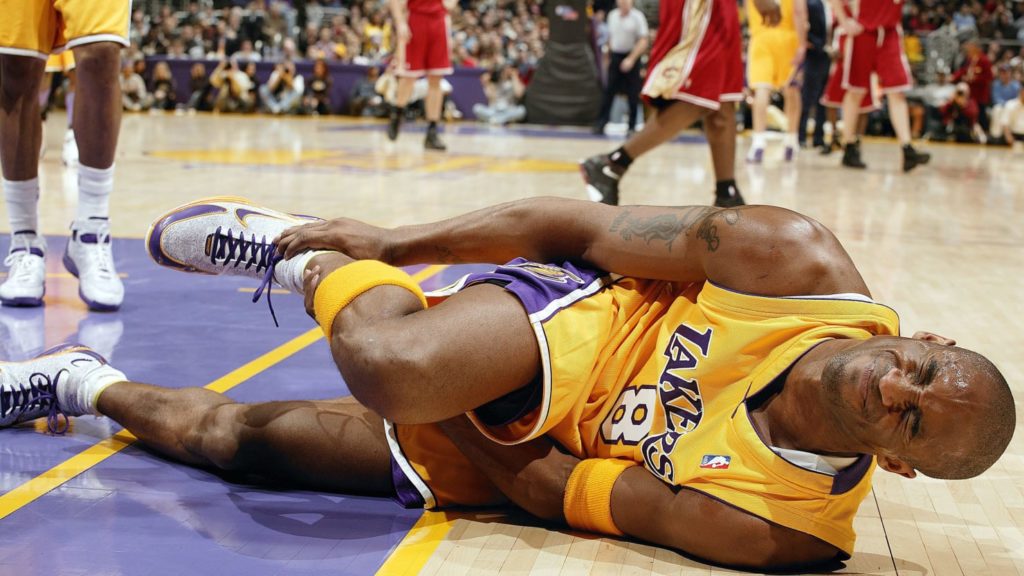In the relentless pursuit of excellence on the basketball court, athletes often find themselves walking a fine line between pushing their limits and risking injury. Among the various challenges faced by basketball players, stress fractures stand out as a particularly formidable foe. In this exploration, we delve into the world of stress fractures in basketball, unraveling the intricacies of recognition, treatment, and, most importantly, prevention.
Understanding Stress Fractures:
Stress fractures, microscopic cracks in bones caused by repetitive stress, are common in high-impact sports like basketball. The constant pounding on hard surfaces, sudden stops, and explosive movements can lead to the gradual development of these tiny fissures. Often starting as subtle discomfort, stress fractures can escalate into debilitating injuries if not addressed promptly.
Recognizing the Signs:
The early signs of a stress fracture may be subtle, making awareness a crucial aspect of injury prevention. Basketball players should be vigilant for persistent localized pain, tenderness, or swelling, particularly during or after intense training sessions. Any alteration in the normal pattern of pain or discomfort should be viewed with a discerning eye.
Treatment Approaches:
When a stress fracture is suspected, seeking prompt medical attention is paramount. Diagnosis typically involves imaging studies like X-rays or MRIs to confirm the extent of the injury. Treatment strategies may include rest, immobilization with a brace or cast, and, in severe cases, surgical intervention. The key to successful recovery lies in early detection and a comprehensive rehabilitation plan.
Prevention Strategies:
Load Management:
Distribute training loads intelligently to prevent overloading specific bones. Implementing periods of reduced intensity or cross-training can help in maintaining overall fitness while giving the body a chance to recover.
Proper Nutrition:
Ensure a diet rich in calcium and vitamin D to support bone health. Adequate nutrition plays a pivotal role in preventing stress fractures by fortifying bone density.
Footwear Considerations:
Invest in basketball shoes with sufficient shock absorption and proper arch support. Ill-fitting or worn-out shoes can contribute to increased stress on the bones.
Surface Awareness:
Be mindful of the playing surface. Hard courts can contribute to the impact on bones. Alternating between different surfaces or using shoe inserts for shock absorption can be beneficial.
Listen to Your Body:
Pay attention to signals of fatigue or pain. Ignoring these warnings may lead to overuse injuries, including stress fractures. Allow for adequate rest and recovery.
Cross-Training:
Incorporate low-impact activities like swimming or cycling into your routine. This diversification helps reduce repetitive stress in specific areas.
In the high-stakes world of basketball, where every jump and pivot matter, understanding the nuances of stress fractures is a proactive step towards a long and successful career. Recognizing the signs, seeking timely treatment, and embracing preventative measures can be the game-changers that ensure players stay on the court, not sidelined by stress fractures but thriving with resilience and strength. After all, in the dance between passion and performance, prevention becomes the unseen partner, ensuring the rhythm of the game continues uninterrupted.
Reach out to Darfoor Law Firm at 1-833-DARFOOR to book a consultation. Our seasoned battalion stands ready to shepherd you through these trying times and champion your fight for the recompense you rightfully deserve.



No comment yet, add your voice below!